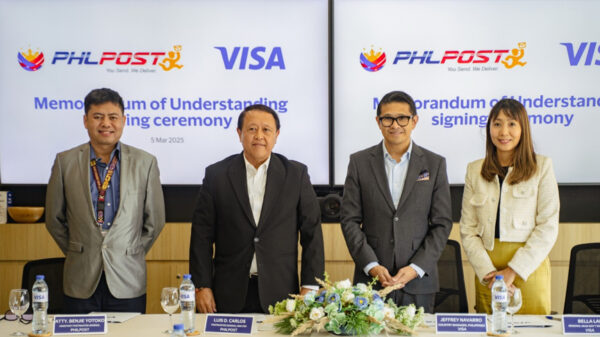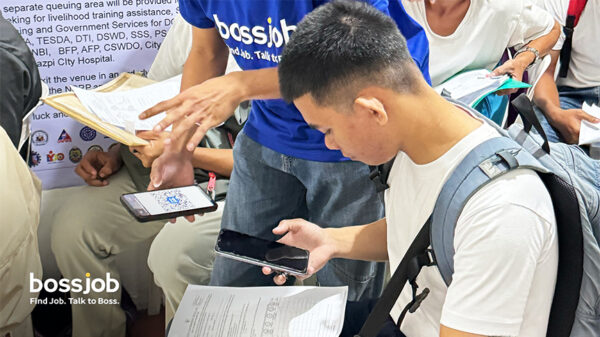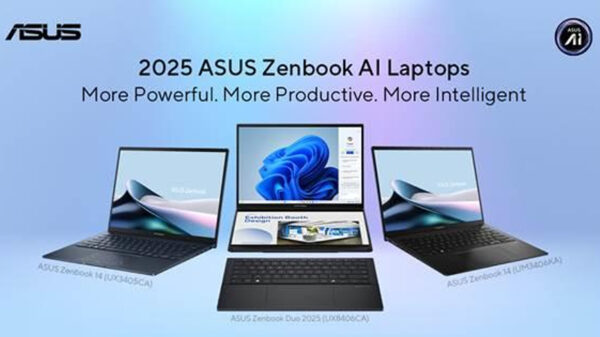Market and technology factors are seen as the two most important external forces impacting the enterprise in the future according to the the ASEAN findings of IBM’s 2013 global C-Suite study, entitled “The Customer-activated Enterprise.”
Like their global counterparts, ASEAN leaders foresee major changes in the next three to five years, expect to open up their enterprises, look to partners to have an equal hand in creating business value, and recognize the new imperative – a shift to social and digital interaction. The study also revealed that ASEAN CxOs are far more likely to adopt a more open approach to running their organizations than the rest of the world with 78 percent seeing a bigger partner network. (Globally this percentage is 73 percent.)
Participating CxOs from all over the world have different views about which external pressures are most significant. However, all agree that technology is one of the top three pressures. Digitization has given customers far more clout and has significantly transformed their expectations. In 2014, the digitally active customer is expected to move to the top of the C-Suite agenda.
The Customer Activated Enterprise
The IBM report uncovered a key correlation between the companies that succeed and their levels of external collaboration. Outperforming companies are 54 percent more likely to open themselves up to customer influence and collaborate extensively with customers.
ASEAN CxOs who were interviewed recognized that knowing the customer well and how to serve them better, in a way tailored to their needs and preferences, is the key to an enduring and meaningful client relationship. By better understanding what the customer wants and by creating an end-to-end and consistent experience across all channels, enterprises will be better placed to respond to changing customer needs.
CEOs Share Control
46 percent of ASEAN CxOs agree that customers today exert considerable influence on enterprises, and they see the need to rebalance priorities to better suit the changing expectations of their customers.
Globally, the report reveals that 54 percent of the CxOs interviewed hold the same view. In ASEAN, this does not translate into deeper collaboration with only 36 percent agreeing that they do collaborate with their customers, compared with the 46 percent from their global counterparts. Deep collaboration is nonetheless a shared goal with 91 percent of ASEAN CxOs expecting to better engage their customer in three to five years time.
Closing the Customer Intimacy Gap
A new era of connectivity, massively available user generated information and the mandate for open, ongoing communication are demanding new levels of transparency across the organization. Business leaders recognize that customers are already influencing their organization, and they are breaking down internal and external barriers to open up new paths of collaboration, innovation and growth.
Recognizing the impact that technology continues to have on how enterprises operate and engage with their customers, companies are activating their customers by pioneering new digital-physical innovations. By blending their digital and physical strategies, companies can deliver an integrated approach to meeting the needs of their technology empowered customers.
The study findings indicate that ASEAN organizations (45 percent compared to 36 percent globally) are slightly ahead in terms of developing an integrated digital-physical strategy than the rest of the world.
Globally, the biggest challenge for 63 percent of those interviewed, is the lack of a cohesive social media plan when implementing a digital strategy. In ASEAN, the barriers are a little more specific, with legal and security concerns playing a much bigger role in limiting digital initiatives within ASEAN enterprises than they do worldwide (54 percent compared to 38 percent globally).
While CxOs drive various initiatives to improve the customer experience, many struggle to be successful with social business. Seventy-nine percent of those interviewed are quick to respond to emerging trends but only 37 percent engage customers via social business. Similar numbers are seen in ASEAN, where enterprises are more focused on delivering consistency as the primary means to create a positive customer experience. Twenty-two percent of ASEAN CxOs (compared to 35 percent globally) recognize that they do not understand their customers well at all today, yet anticipate significant improvements going forward. Like their global counterparts, about four-fifths of them expect they will better understand their customers in three to five years time.
Both CMOs and CIOs overwhelmingly indicate that they intend to make great strides to overhaul and reinvent the way they work with their customers. In 2012, 57 percent of CEOs expected digital channels to become one of their company’s key means of interacting with customers within the next five years. In 2013, 52 percent of CxOs say they are already there. Like their global counterparts, ASEAN CxOs intend to interact digitally with customers to a much greater extent in the future – 52 percent do so today and they expect to reach 88 percent in three to five years.




















































































































